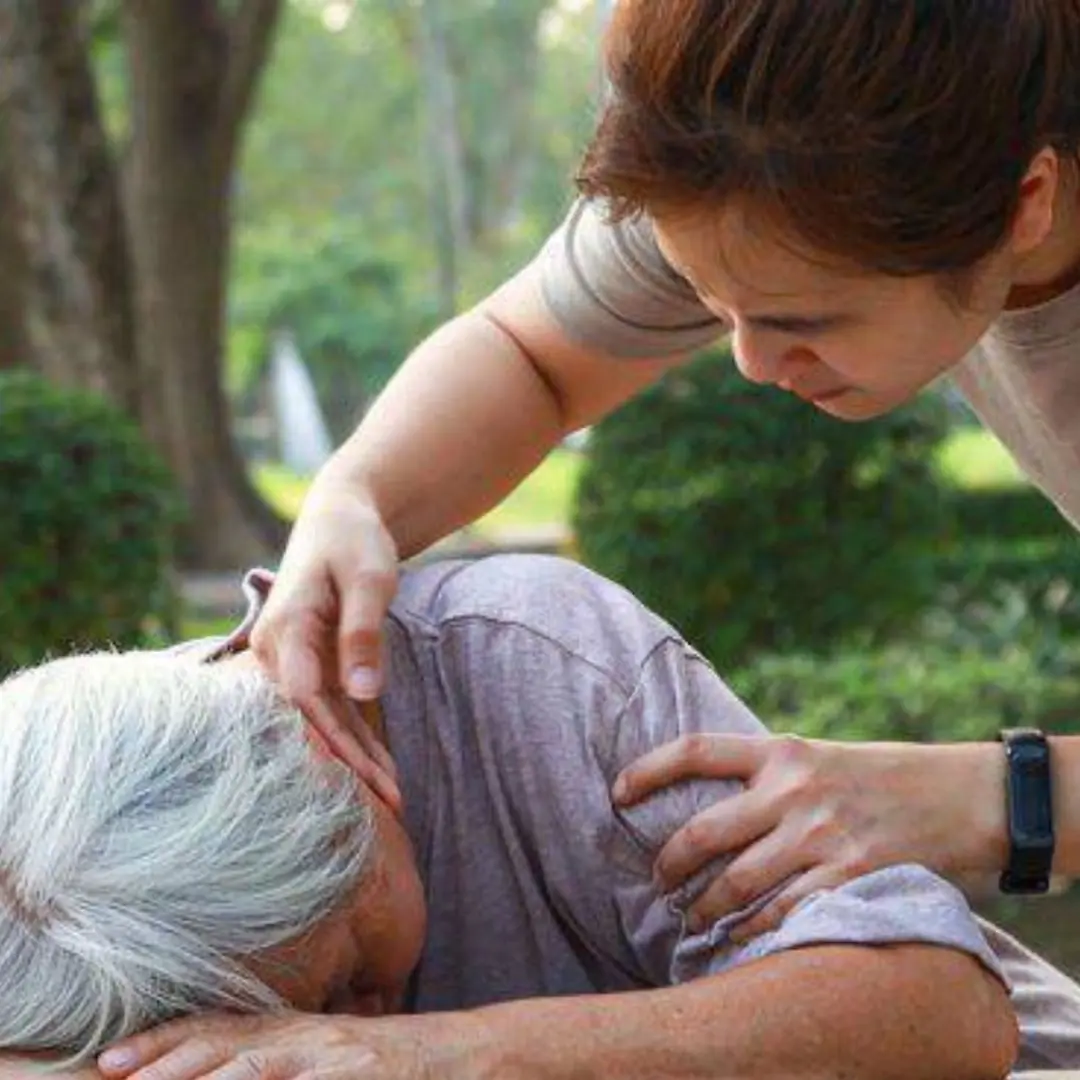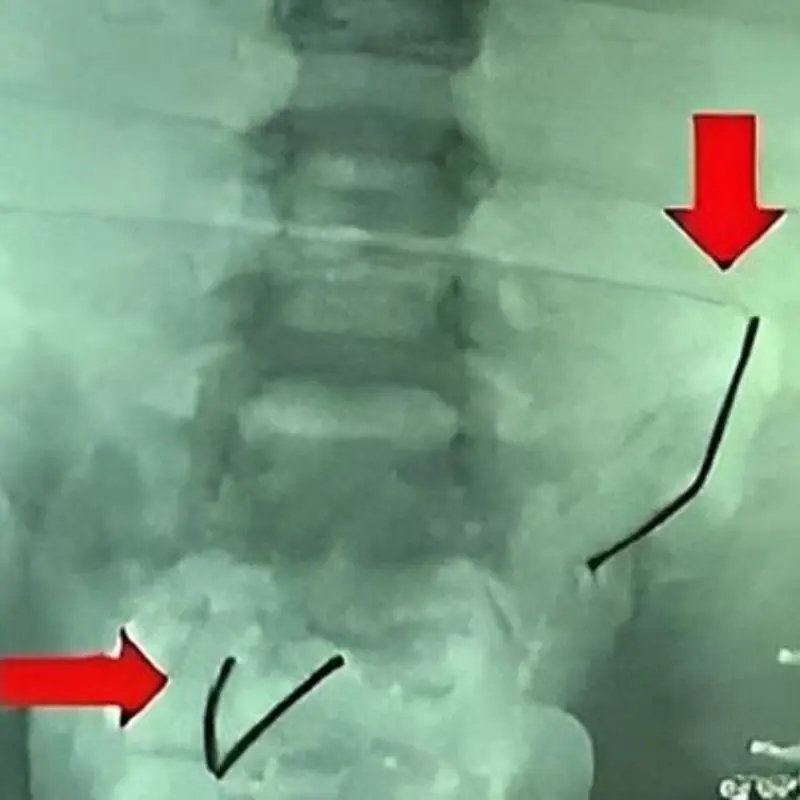
Why Can’t You Carry More Than 100ml of Liquid in Your Hand Luggage?
Why Can’t You Carry More Than 100ml of Liquid in Your Hand Luggage?
The "100ml rule" for liquids in carry-on luggage isn’t just a routine security measure—it’s a crucial safety barrier protecting flights.
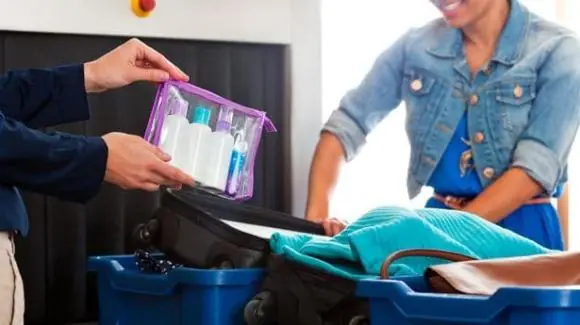
If you frequently travel by air, you’re probably familiar with this restriction. At airport security checkpoints, officers will ask you to discard any liquid containers exceeding 100ml and require that all smaller liquid containers be placed in a transparent, resealable plastic bag with a maximum capacity of 1 liter. But is this rule merely an inconvenience, or does it have strong security and scientific reasoning behind it?
The Origin of the "100ml Rule": A Terrorist Plot in 2006 and Its Costly Lesson
The rule didn’t emerge randomly; it was implemented in response to a near-catastrophic terrorist plot that could have claimed hundreds of lives in midair.
In August 2006, UK security forces foiled a large-scale international terrorist scheme. The plan involved smuggling liquid explosives disguised as ordinary beverages onto planes and detonating them simultaneously on multiple transatlantic flights, potentially causing an unprecedented aviation disaster.
The liquid explosive used in this plot was high-concentration hydrogen peroxide, a colorless, odorless liquid that could easily be disguised as bottled water, soda, or other drinks. At the time, airport security technology was not advanced enough to effectively detect liquid explosives, particularly when they were stored in small containers and mixed among passengers’ carry-on luggage.
After the plot was uncovered, aviation security agencies worldwide realized a critical loophole in liquid screening procedures. The "100ml rule" was swiftly introduced to close this gap and enhance flight security. Today, it is a globally recognized aviation safety standard.
Why 100ml?
You might wonder—why exactly 100ml? Why not another volume?
Security experts determined that with less than 100ml of liquid, it is extremely difficult to create and detonate an explosive device with enough power to cause significant damage to an aircraft. Producing a powerful explosion requires a substantial amount of liquid explosives, far beyond the 100ml limit.
Additionally, it becomes more challenging for terrorists to conceal and assemble explosive components, such as detonators and timers, in such small containers.
The 100ml rule strikes a balance between enhancing flight security and maintaining convenience for passengers. It allows travelers to carry essential personal care liquids (such as cosmetics and eye drops) while significantly reducing the risk of liquid-explosive attacks.
Moreover, security personnel can inspect small liquid containers more efficiently. These items can be visually checked or analyzed using specialized screening devices, ensuring a smoother and safer airport screening process.
Specific Regulations
To comply with the "100ml rule," passengers must follow these guidelines:
- Liquids, gels, and aerosols in carry-on luggage must be in containers of 100ml or less (or 100g). The volume is based on the packaging label, not the actual amount inside. Even if a larger bottle contains only a small amount of liquid, it will still be confiscated.
- All liquid containers of 100ml or less must be placed in a single transparent, resealable plastic bag (such as a zip-lock bag) with a maximum capacity of 1 liter. The typical dimensions are around 20cm x 20cm. Each passenger is allowed only one bag.
- At the security checkpoint, passengers must present their liquid bag separately for screening. The bag must be placed outside of the carry-on luggage during scanning.
Restricted Liquids
The rule applies broadly to various liquids, including:
- Beverages: water, soda, juice, milk, alcohol
- Toiletries: shampoo, conditioner, shower gel, lotions, perfumes
- Gels and creams: hand sanitizers, hair gel, face wash, shaving gel, deodorant sprays, sunscreen, toothpaste
- Food items: butter, jam, honey, soft cheese, soups, sauces
- Cosmetics: liquid foundation, concealer, mascara, lip gloss
Exceptions
Some liquids exceeding 100ml are permitted in carry-on luggage under special conditions:
- Baby food & formula: Allowed in reasonable quantities but may require additional screening.
- Medications: Prescription and non-prescription liquid medicines are allowed if they are necessary for the flight. Passengers may need to provide a prescription or clear labeling, and security officers might inspect the medication.
- Duty-free liquids: Beverages and other liquids purchased from airport duty-free shops can be carried onboard if they are in sealed security bags (STEBs - Security Tamper-Evident Bags) with a valid receipt. These bags must not be opened until reaching the final destination.
Tips for Hassle-Free Security Screening
To avoid delays and inconvenience at airport security, consider these tips:
- Prepare a resealable plastic bag in advance. Organizing your liquids at home will save time at security checkpoints.
- Transfer essential liquids into travel-sized containers (100ml or less). Travel-size toiletry kits are widely available.
- Only carry necessary liquids in your hand luggage. If an item isn’t essential for the flight, consider packing it in checked baggage or purchasing it at your destination.
- Check airline and airport regulations. Some airports may have additional liquid restrictions. Checking their website before traveling ensures compliance with specific rules.
By understanding the reasoning behind the 100ml rule and preparing accordingly, you can make your airport experience smoother while contributing to overall flight safety.
News in the same category

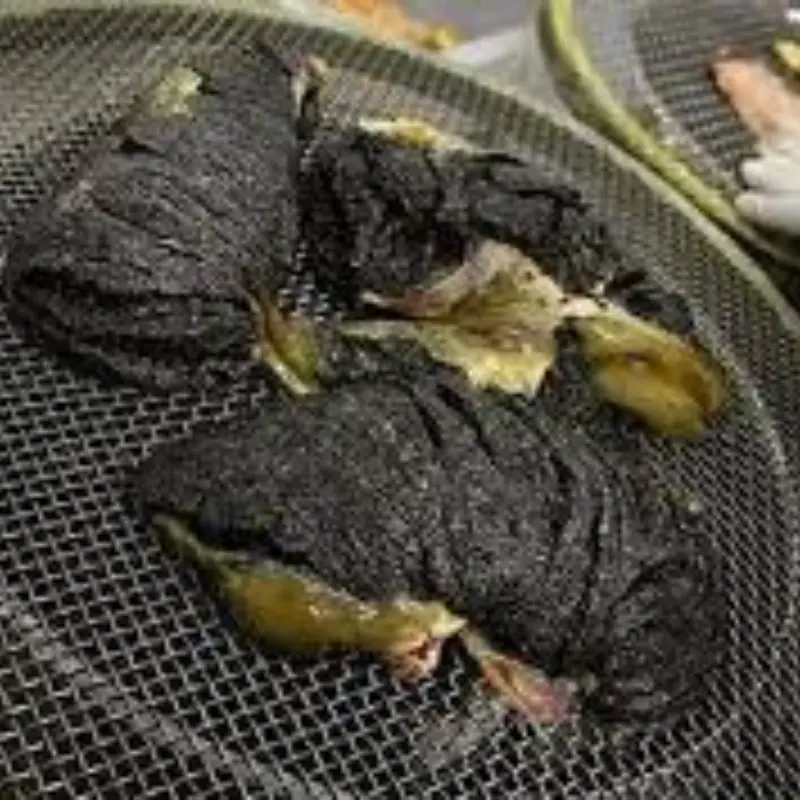
Once Used as Pig Feed, Now a Luxury Delicacy Worth $3 Million per Kilogram
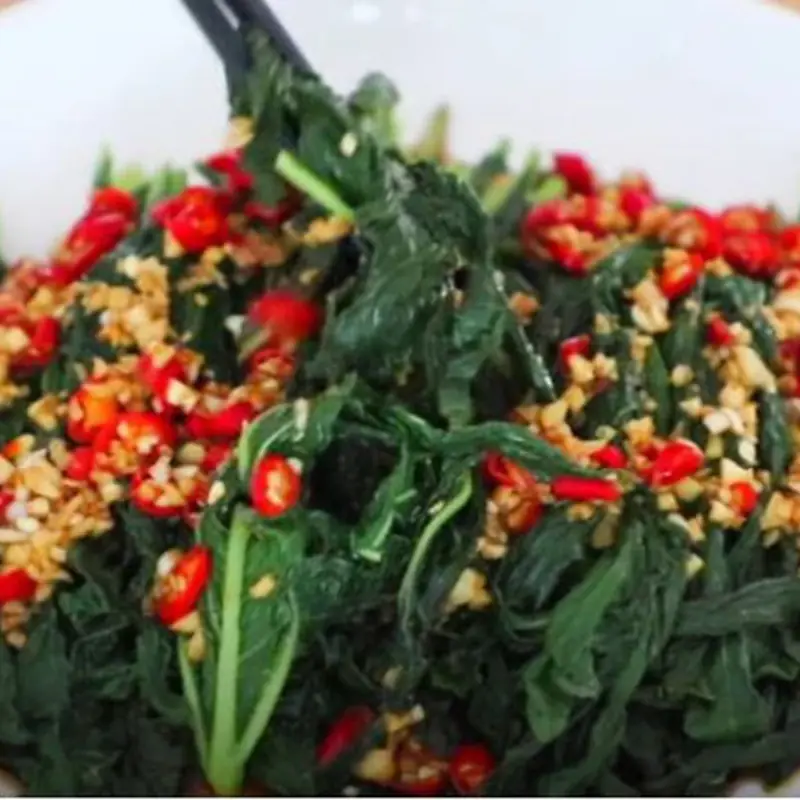
The Overlooked ‘Ginseng for the Poor’ Growing Wild in the Countryside
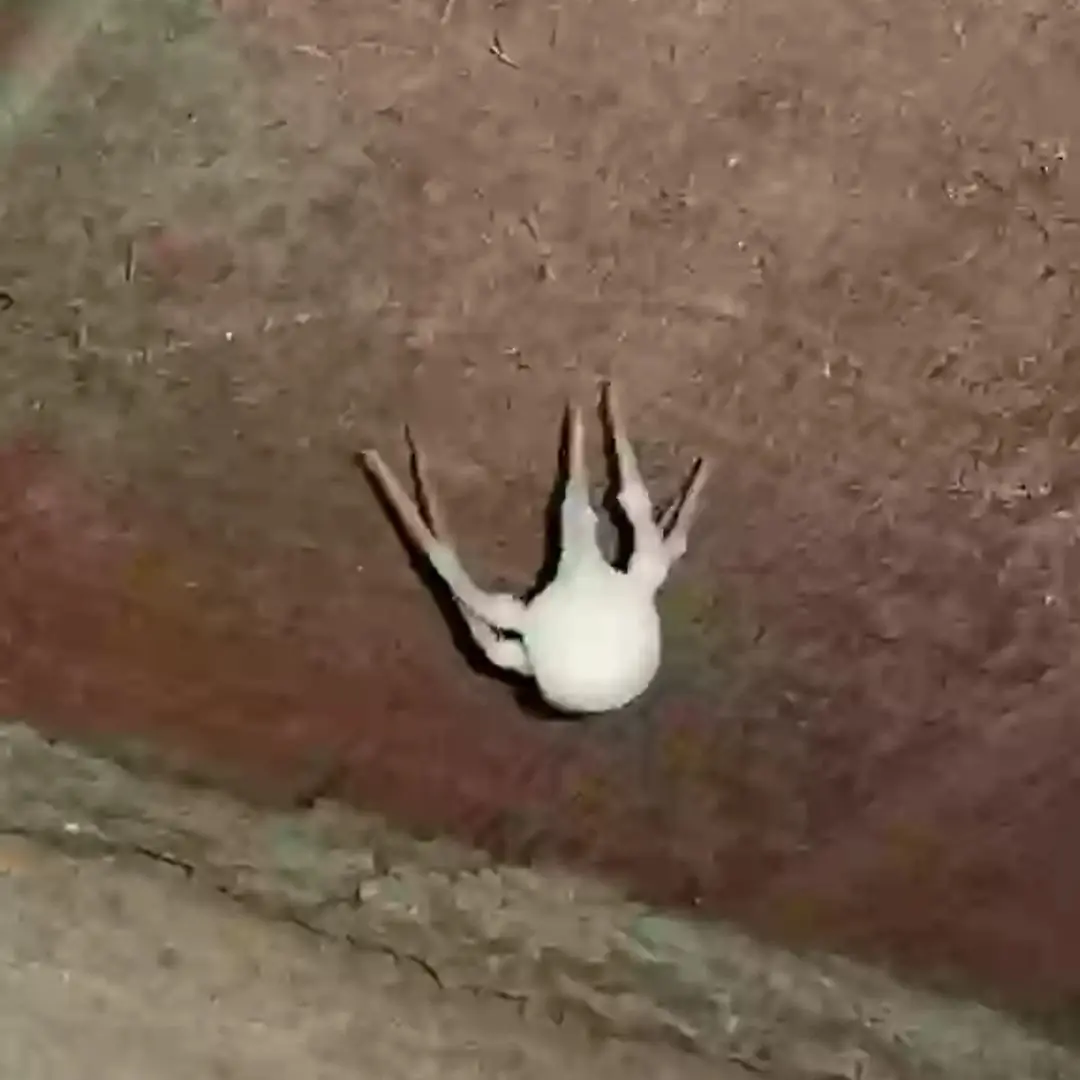
Strange Infected ‘Zombie’ Spiders Invade US Homes — Scientists Sound the Alarm
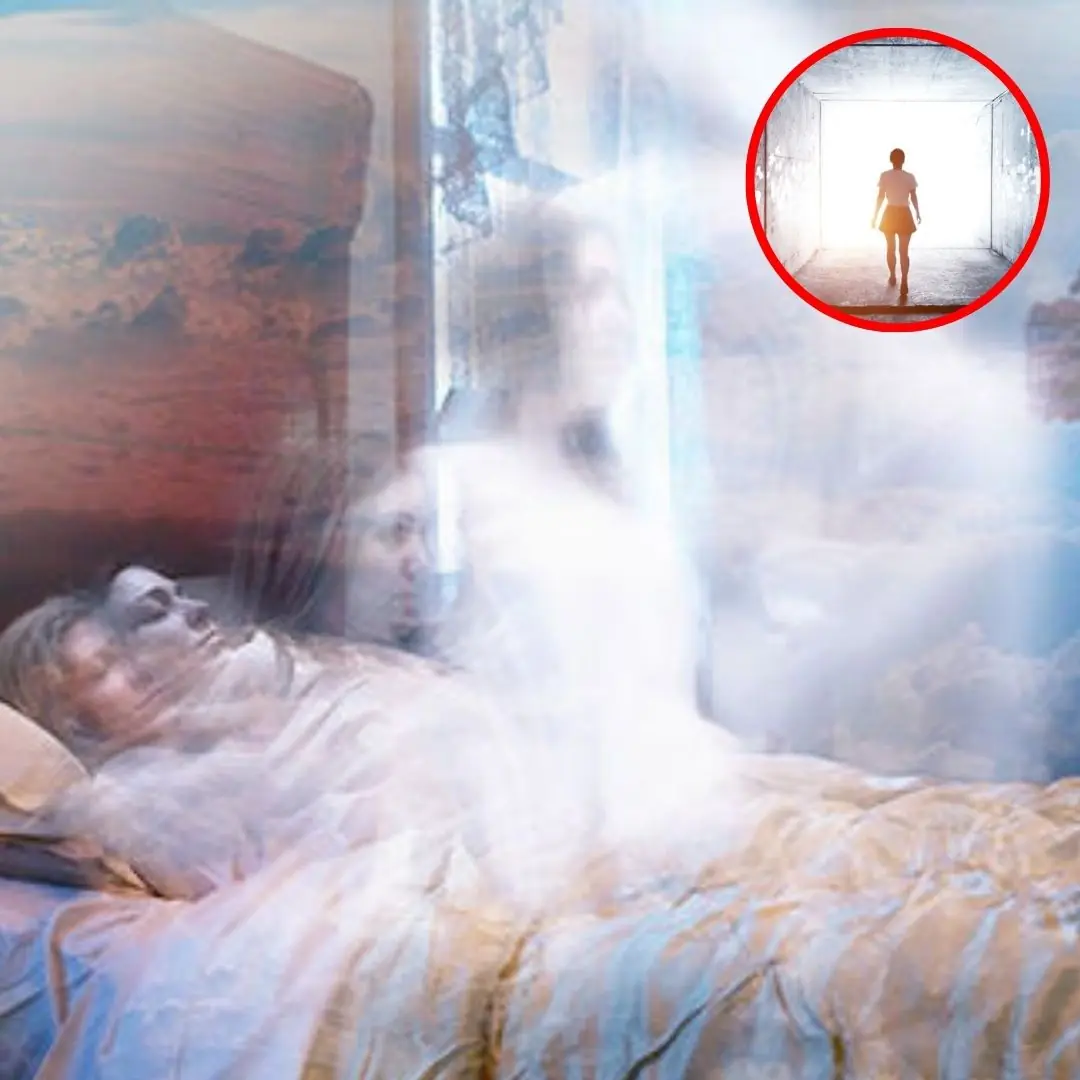
Woman Declared De.ad for 24 Minutes Reveals in Detail What She Experienced Before Returning to Life
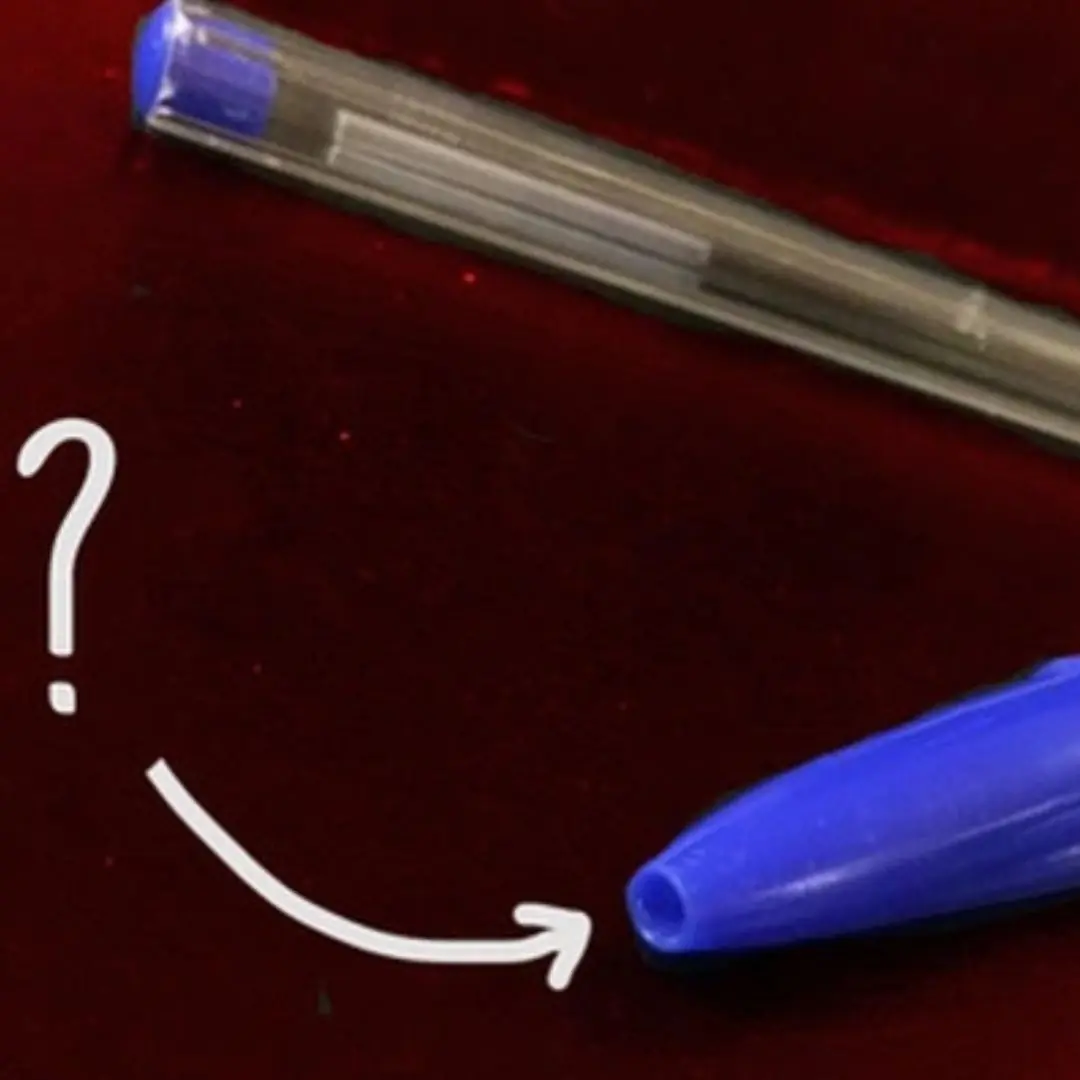
The small hole in the cap of a ballpoint pen – Not for “decoration”, but for a surprising safety reason
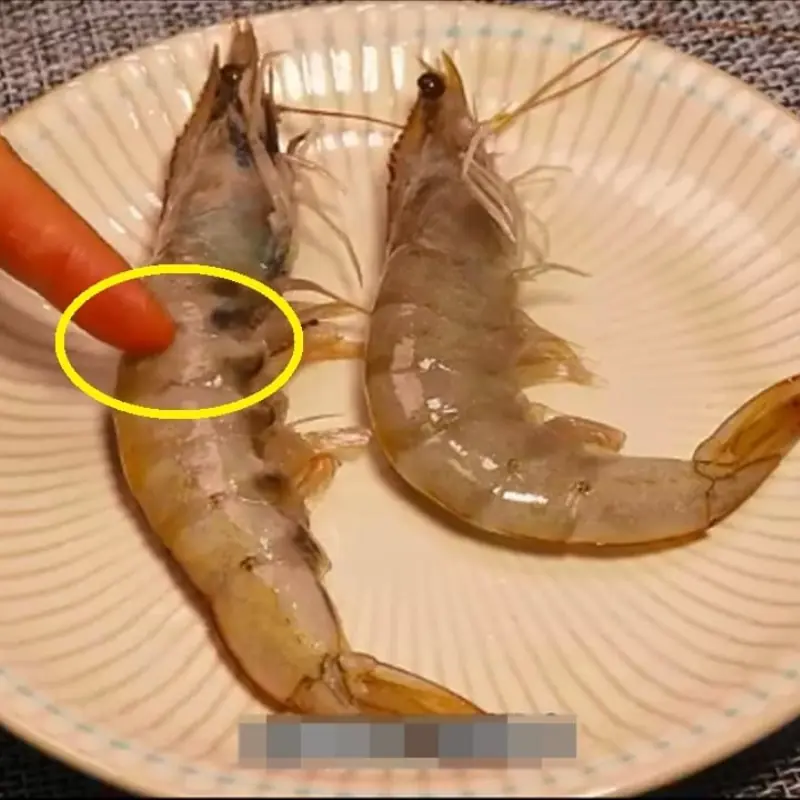
Seafood Shop Owner Warns: 4 Types of Shrimp You Should Never Buy
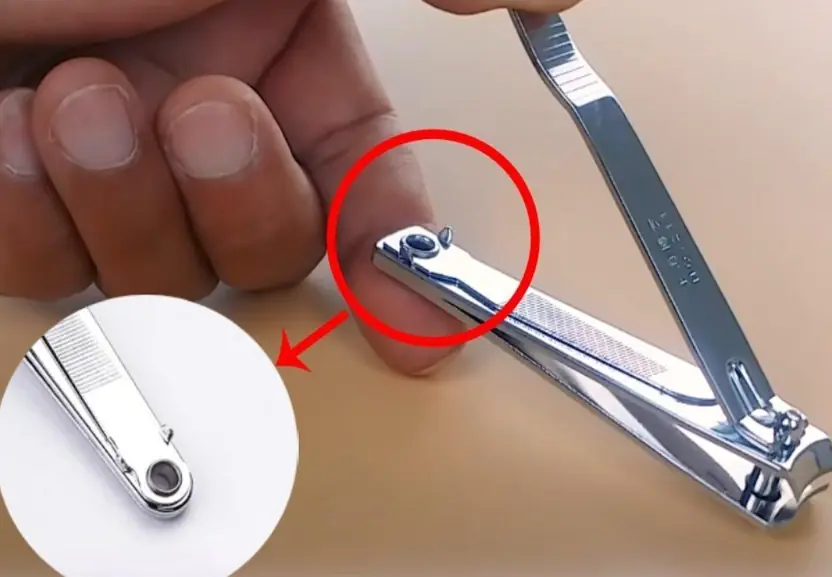
The hidden function of the small hole in a nail clipper
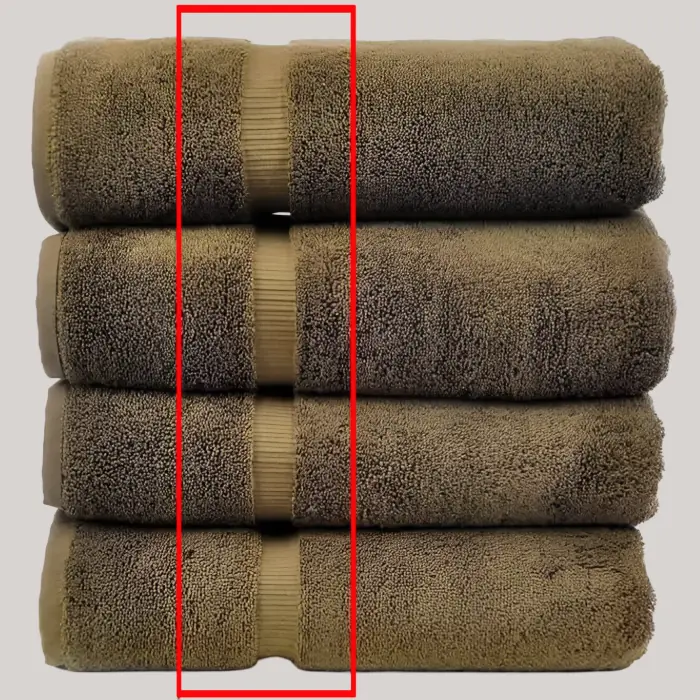
What the lines on bath towels actually mean?
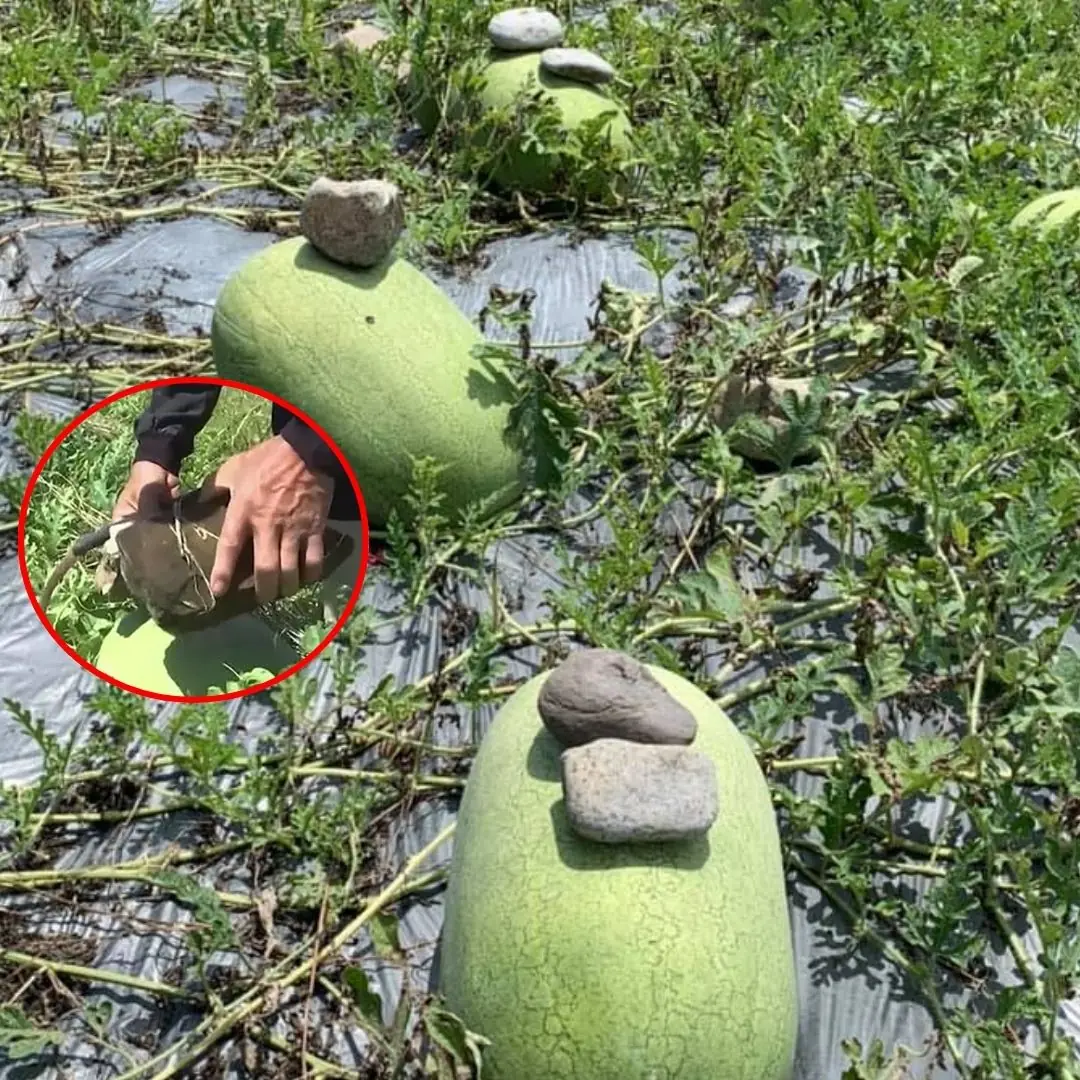
Farmers put ice on melons before harvest – the reason behind it will surprise everyone
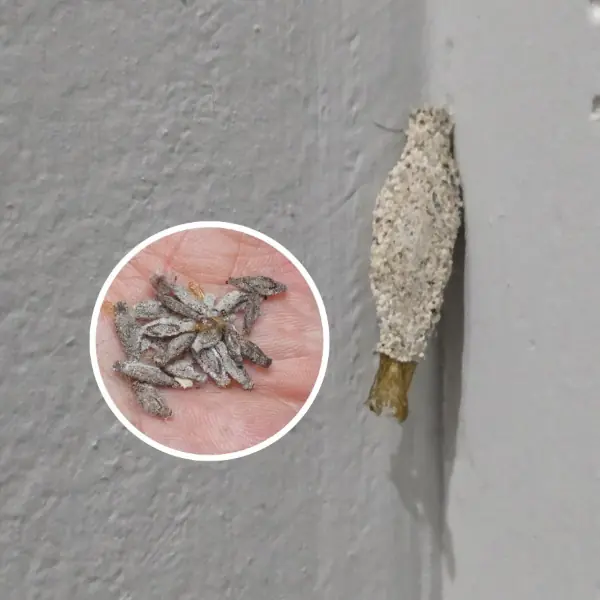
What are those “Small bags” on the wall really?
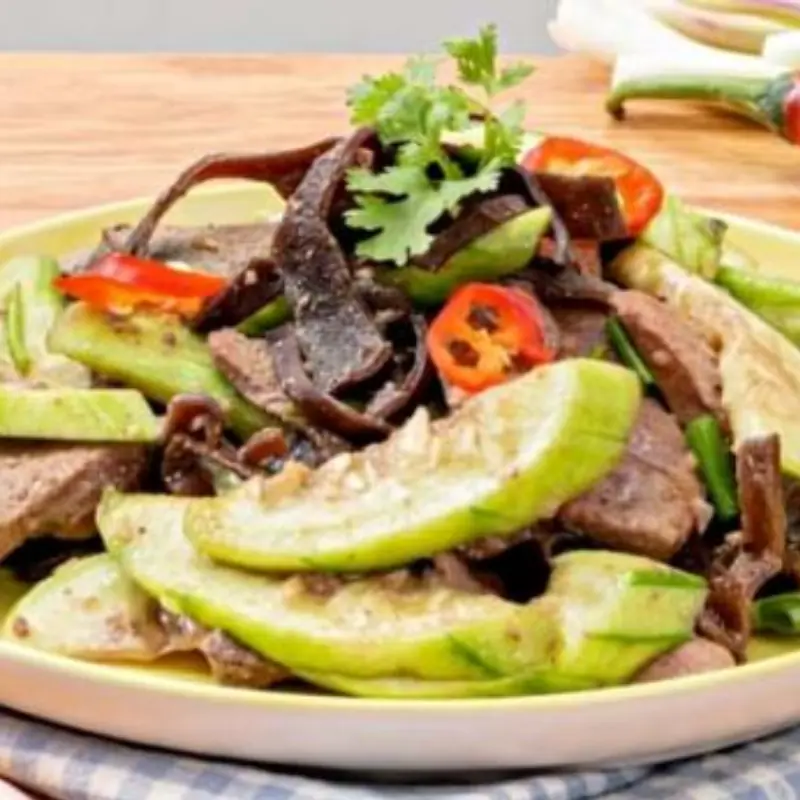
One Part of Chicken Contains Four Times More Cholesterol Than Pork Fat
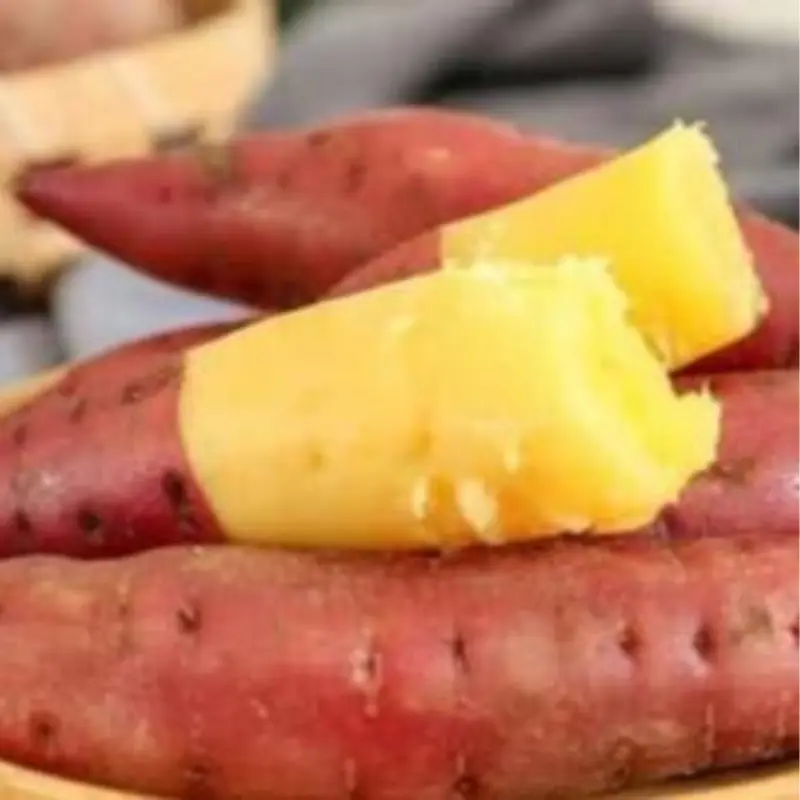
Sweet Potatoes Are Not Good for These 3 Groups of People
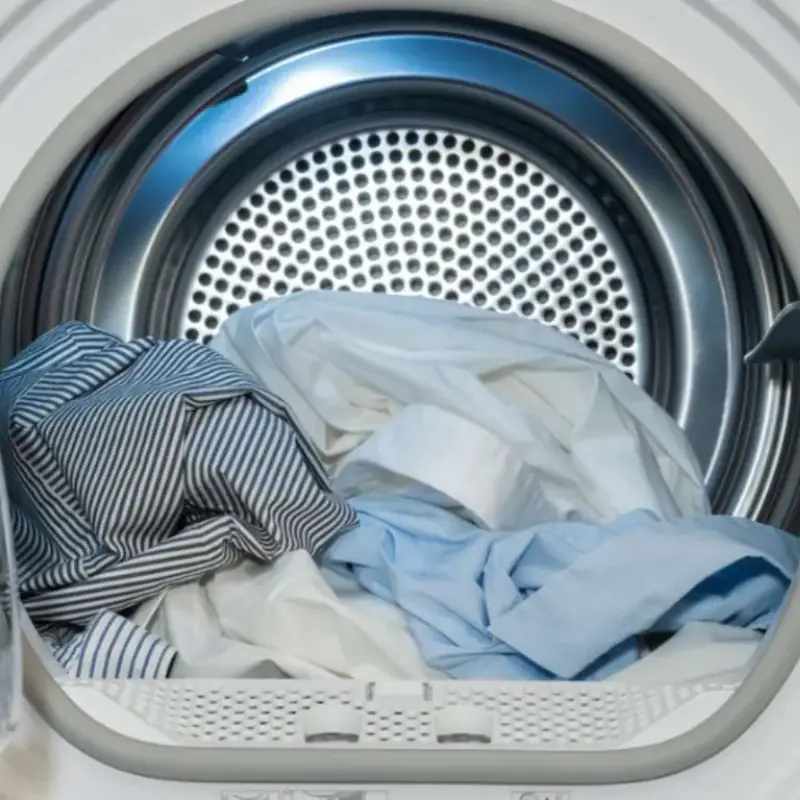
Washing Machines Have a Special Mode That Dries Clothes Faster

Why do Japanese people put towels on their heads when bathing in hot springs?
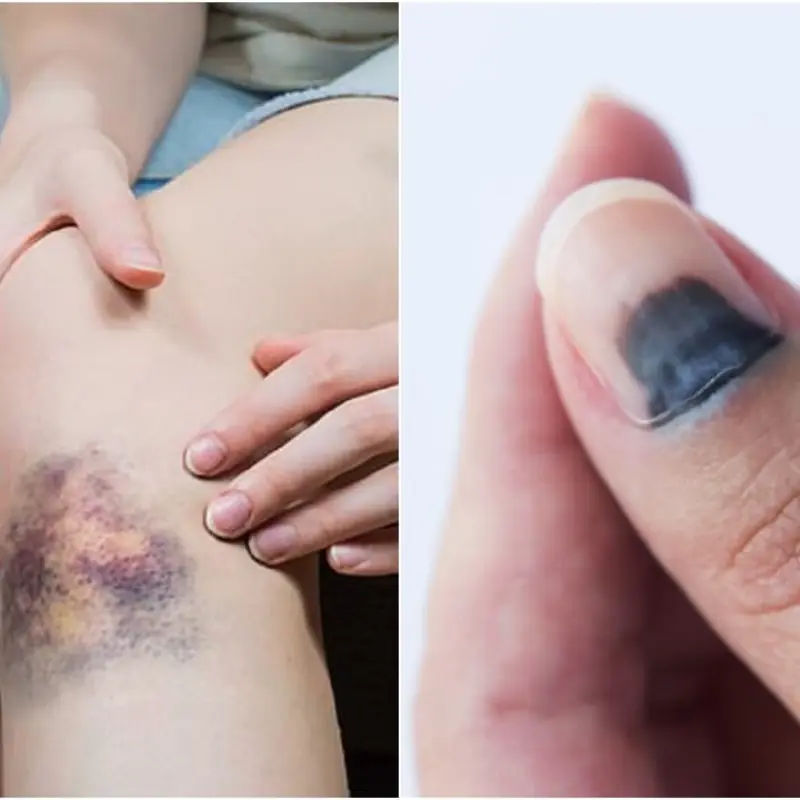
5 Areas of the Body Turning Black May Indicate Can.cer
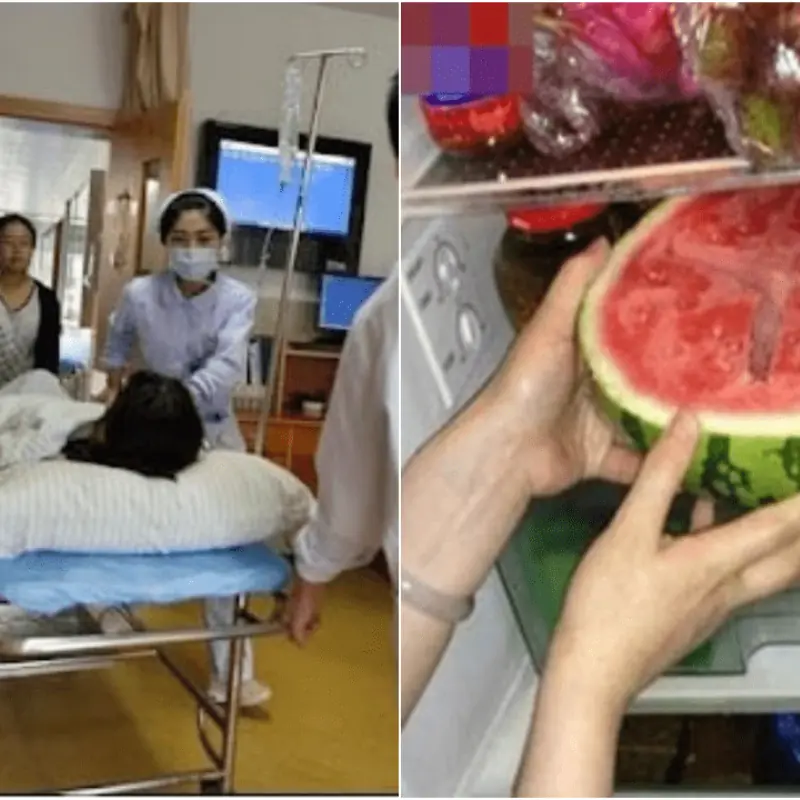
A Woman Hospitalized After Eating Refrigerated Watermelon
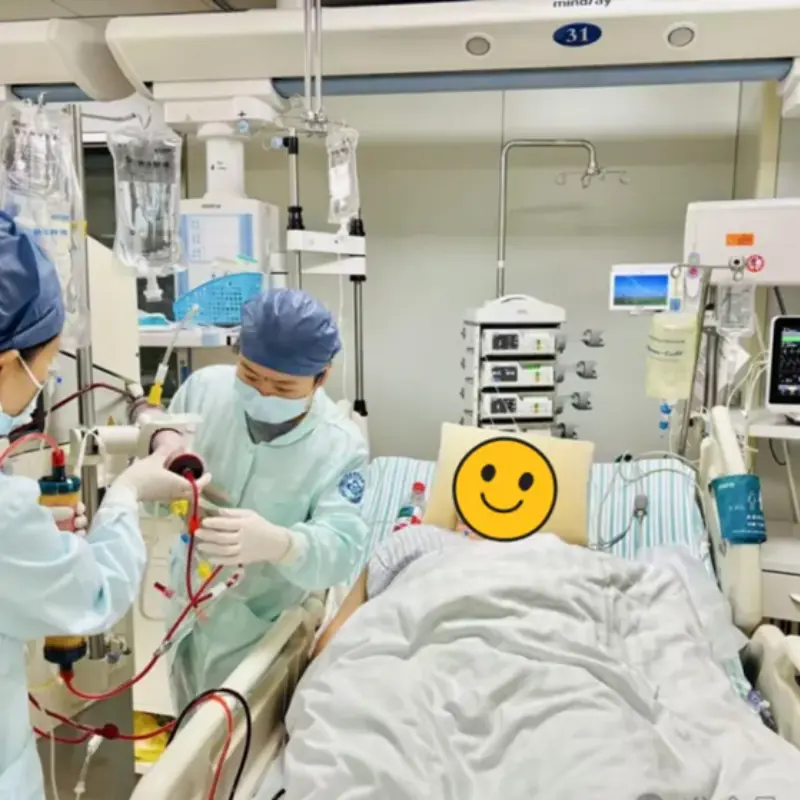
The Man with Blo.od ‘As Thick as Pork Fat’ Because of Something Many People Love
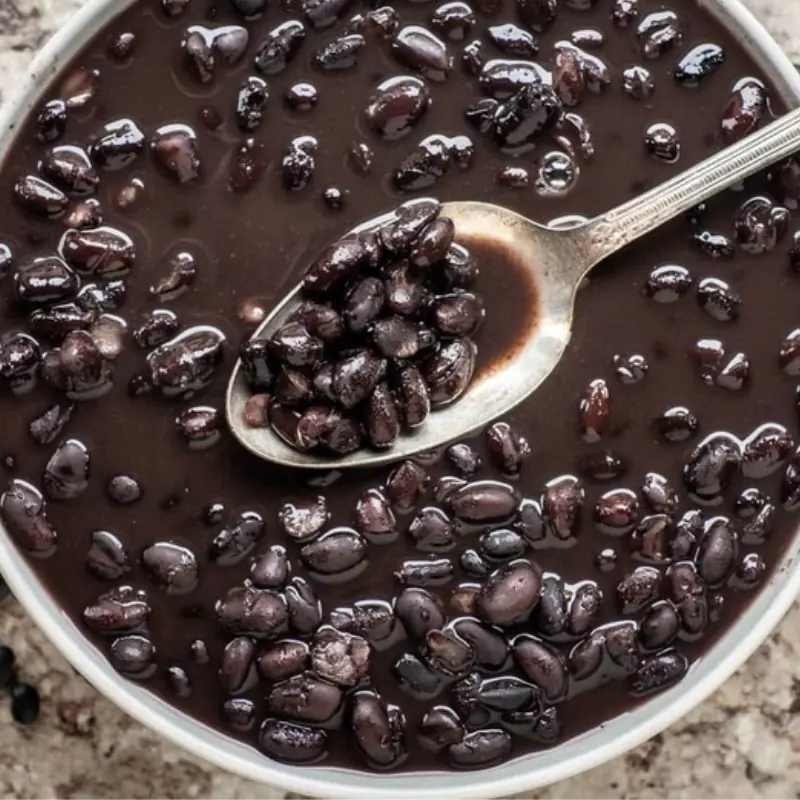
American Doctor Reveals the "3 Seeds, 2 Vegetables, 1 Meat" Best
News Post

Place a Piece of Ginger by Your Bedside
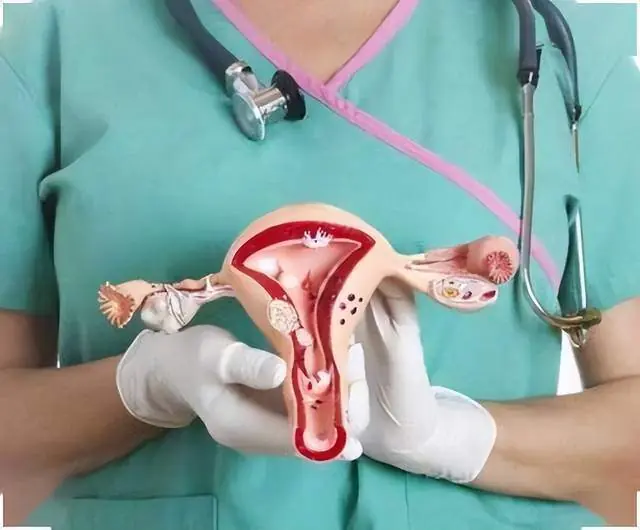
70% of Ova.rian Can.cer Cases Are Diagnosed at a Late Stage

5-Year-Old Boy’s Sto.mach Pain Leads to Shocking Discovery

Once Used as Pig Feed, Now a Luxury Delicacy Worth $3 Million per Kilogram

The Overlooked ‘Ginseng for the Poor’ Growing Wild in the Countryside
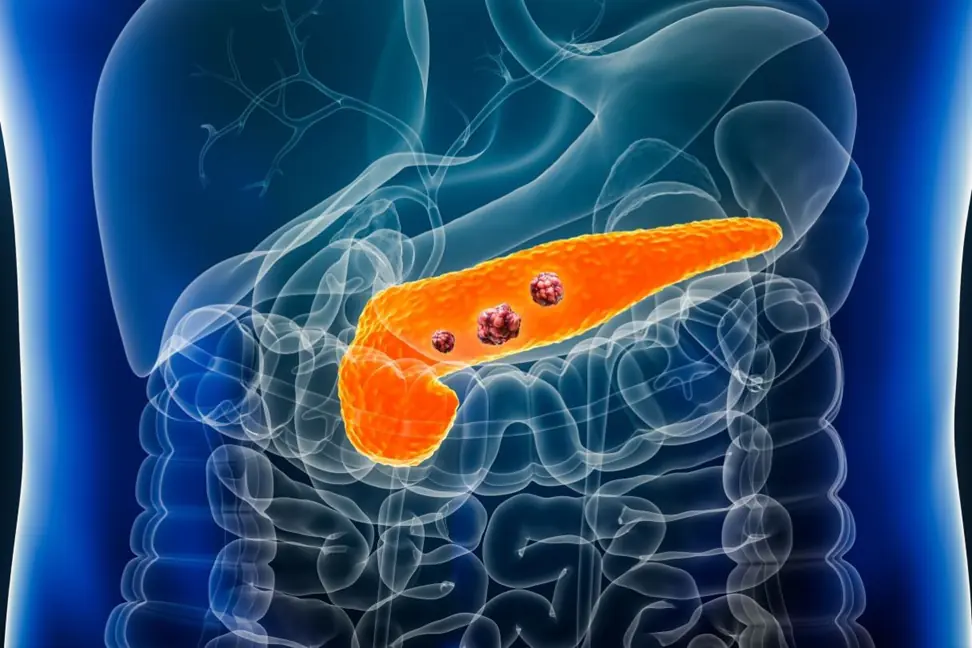
The Habit That Puts Millions at Risk of Pancreatic Can.cer
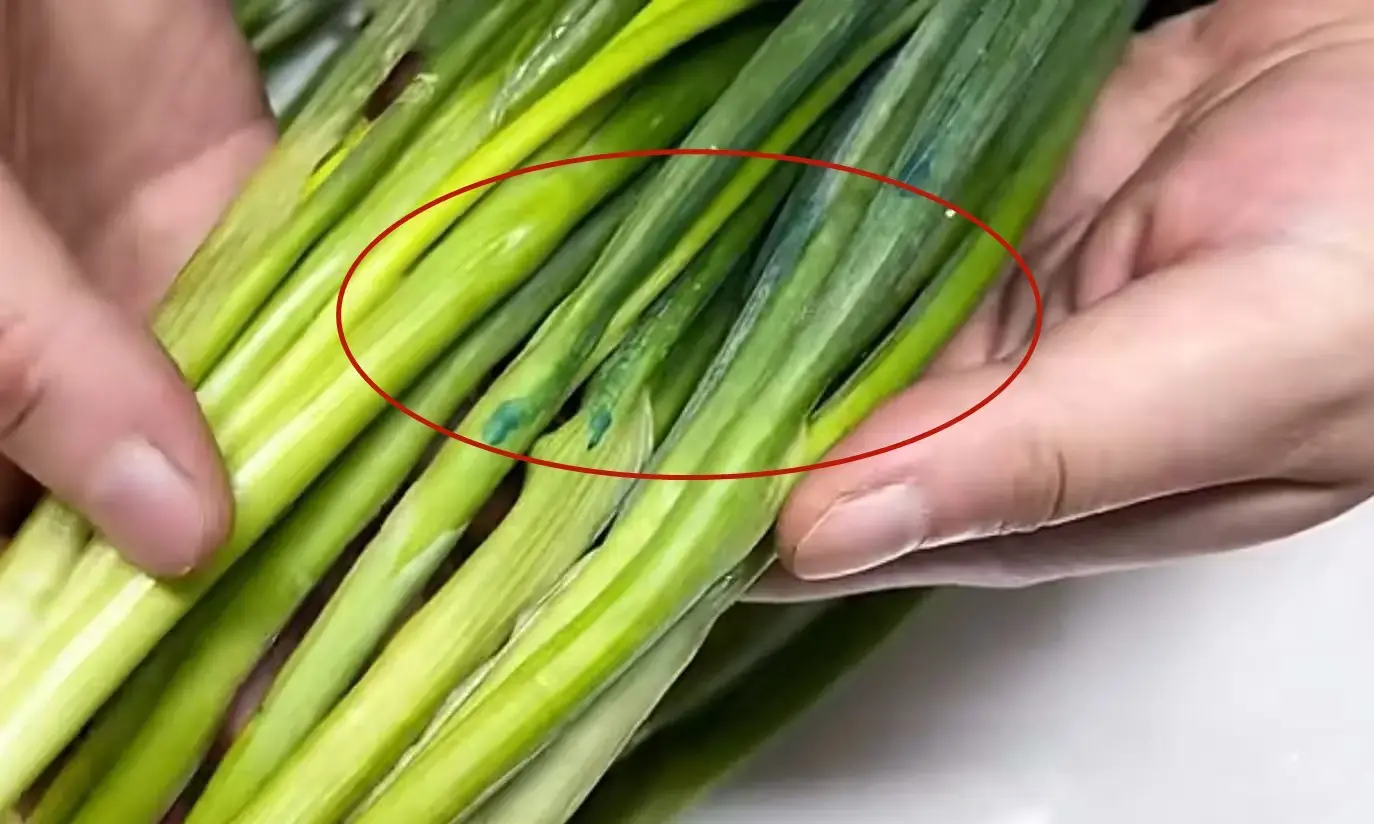
5 Types of “Chemical-Soaked” Produce You’ll Find at the Market
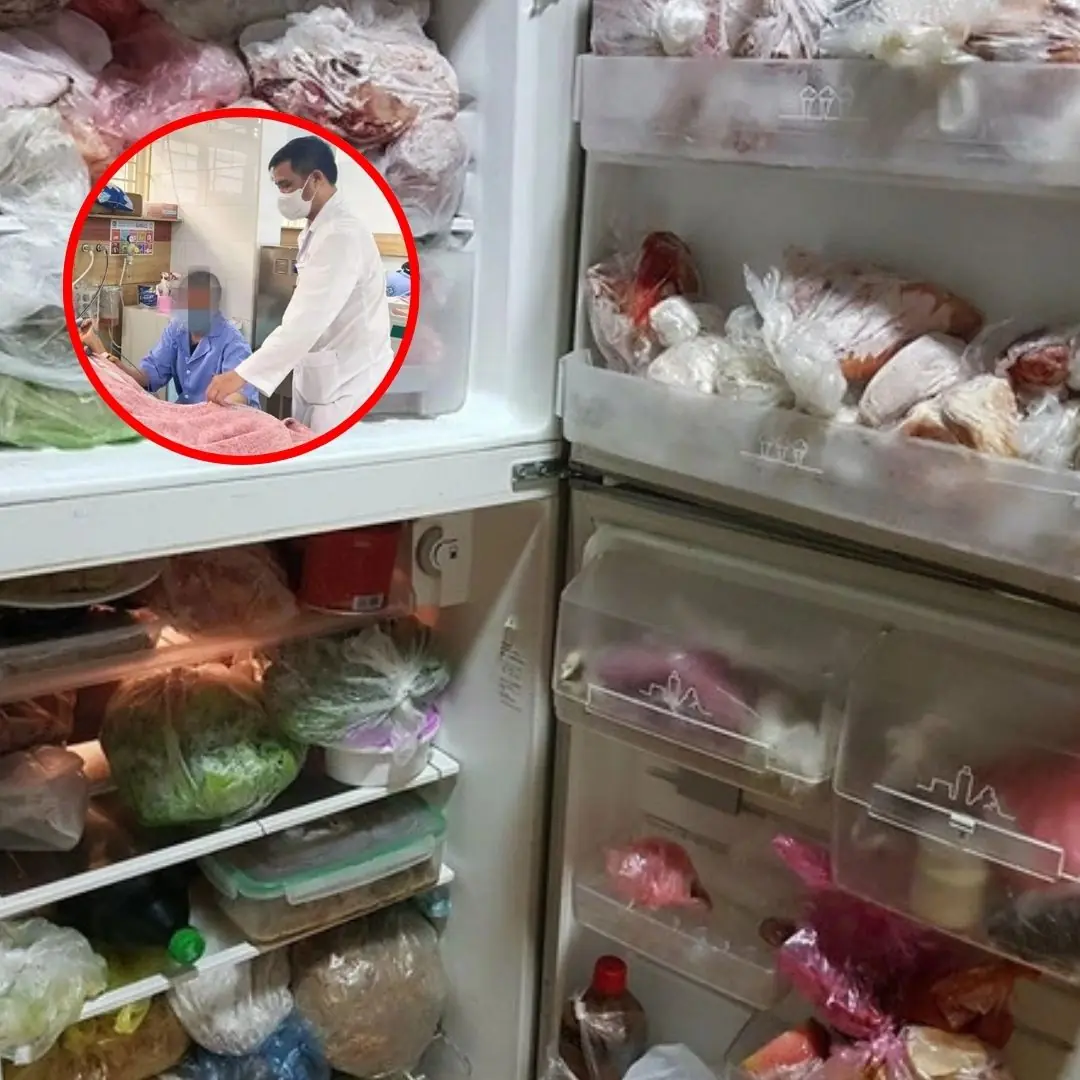
Tragedy Strikes: One Dead, Three Fighting for Life After Eating Leftover Meat Stored in a Freezer

Strange Infected ‘Zombie’ Spiders Invade US Homes — Scientists Sound the Alarm

Woman Declared De.ad for 24 Minutes Reveals in Detail What She Experienced Before Returning to Life

The small hole in the cap of a ballpoint pen – Not for “decoration”, but for a surprising safety reason
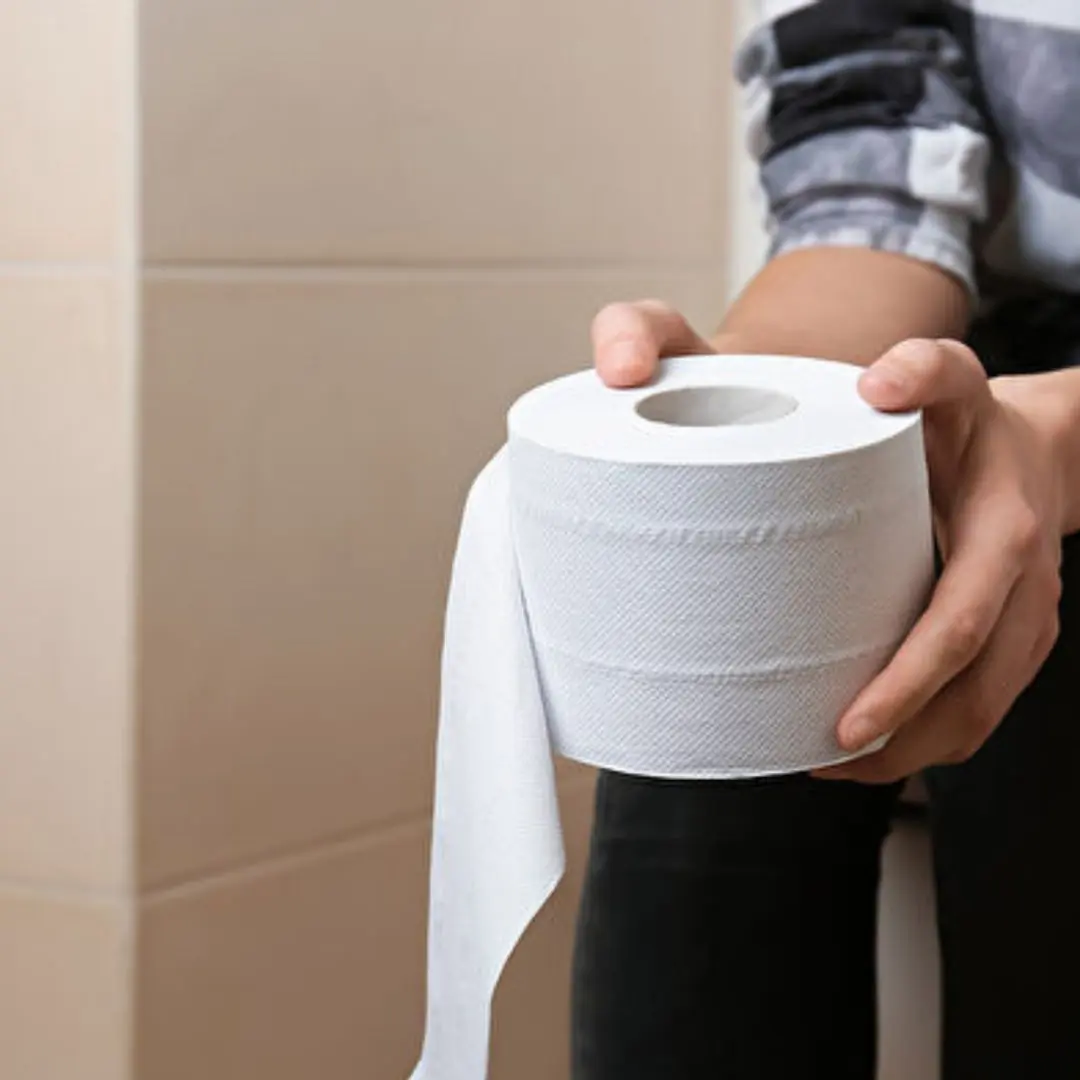
Doctors issue warning over everyday bathroom mistake linked to severe medical risks
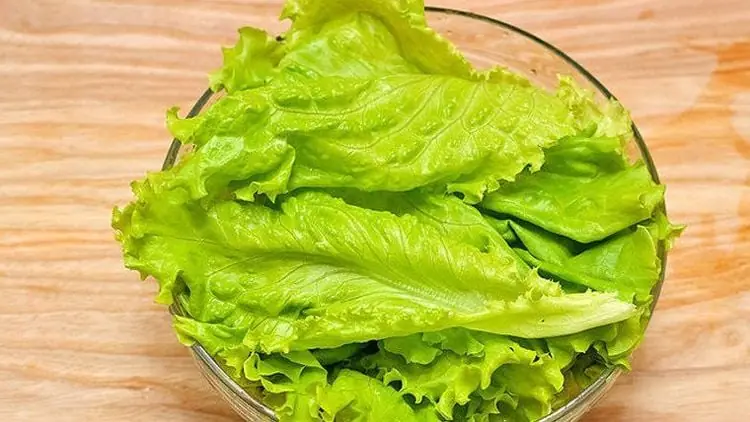
A 33-Year-Old Woman Ate Lettuce at Every Meal—Three Months Later
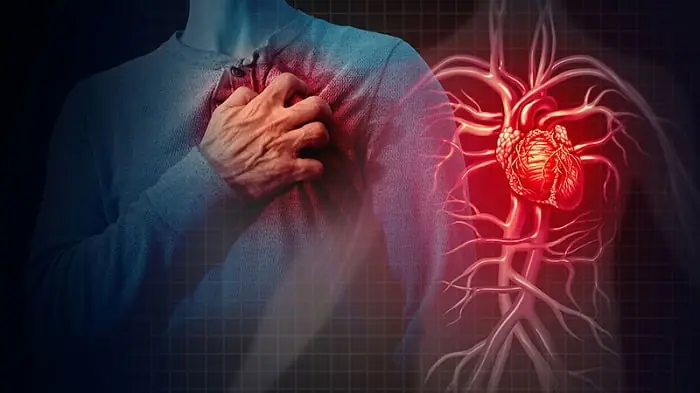
7 Foods That Can Turn He.art Medications into a “De.adly Poi.son”
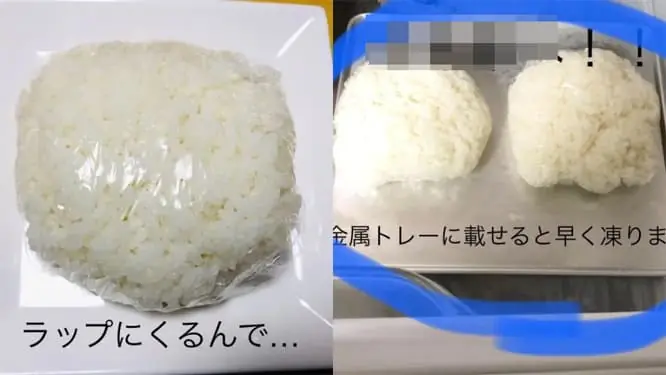
Storing Leftover Rice the Japanese Way

Seafood Shop Owner Warns: 4 Types of Shrimp You Should Never Buy

The hidden function of the small hole in a nail clipper

Catching Nasopharyngeal Cancer in Its Early Stages May Offer a 72% Survival Rate

These 5 Secrets Are the Real “Saviors” for Keeping It Fresh!
